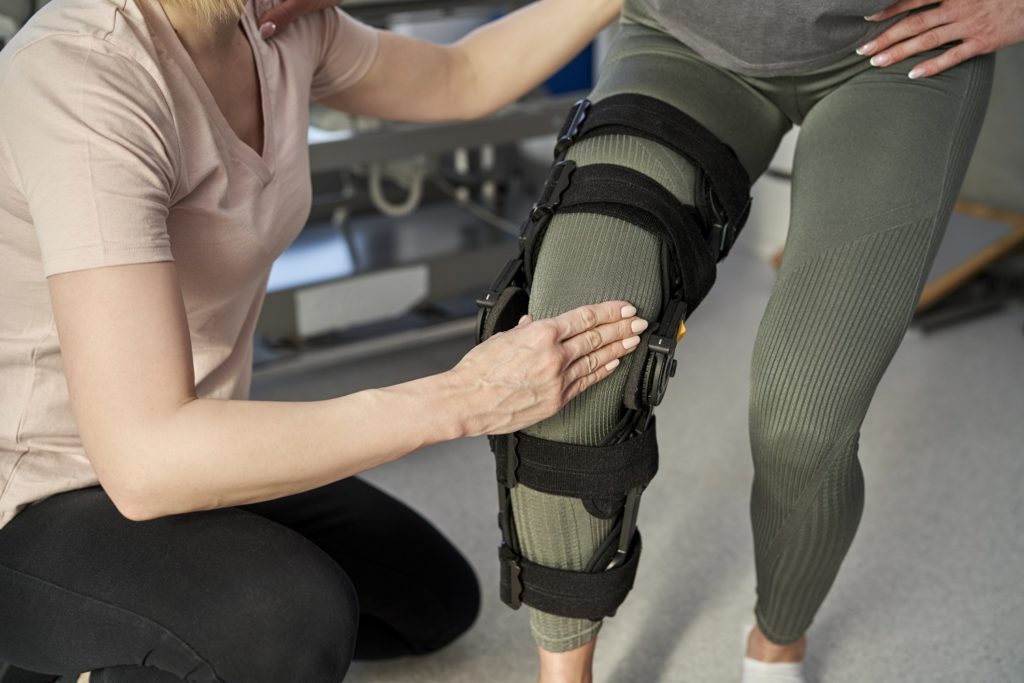Grasping various Techniques to Bodily Therapy toward Improved Rehabilitation and Restoration
Grasping various Techniques to Bodily Therapy toward Improved Rehabilitation and Restoration
Blog Article
Physical therapy serves as one crucial component of healing and rehabilitation for a lot of patients. It helps individuals restore vigor, enhance mobility, and lessen soreness following injuries or surgeries or operations. There are techniques to bodily rehabilitation, each crafted to address the particular needs of clients. Comprehending these various techniques can assist individuals form educated choices about their recovery path.
One common approach to physical rehabilitation is hands-on rehabilitation. This approach entails physical care by a physical specialist to manipulate muscle groups and articulations. Manual therapy can help reduce discomfort, improve vascular health, and increase mobility. Practitioners may use approaches such as manipulation, joint adjustment, and elongation to aid clients recover. Such method is often advantageous for those with muscle and joint issues, such as lower back pain or arthritic conditions, as it concentrates on the muscular elements of recovery.
Another significant approach is rehabilitative physical activity. Such technique includes targeted exercises tailored to boost vigor, equilibrium, and coordination. Physical specialists develop personalized physical activity plans based on the patient's situation and objectives. Such exercises can vary from basic exercises to increasingly advanced exercises. Restorative exercise is essential for restoring vigor after an trauma and stopping future problems. This additionally aids clients recover confidence in their physical skills, which is vital for complete recovery.
Water-based therapy is a different beneficial method that utilizes liquid to assist in rehabilitation. Such method utilizes the support of water, which lessens the pressure on joints and allows for simpler movement. Clients can perform movements in a pool, making it a fantastic alternative for those with restricted flexibility or discomfort. Aquatic rehabilitation can help boost power, range of motion, and resilience while delivering a nurturing space for recovery. It is especially helpful for clients healing from operations or those with long-term soreness conditions.
Lastly, knowledge and personal management are vital parts of physical rehabilitation. Bodily therapists not only deliver treatment but furthermore educate individuals about their situations and how to manage them. Such includes understanding anatomical function, posture, and the importance of remaining involved. With empowering individuals with knowledge, practitioners aid them take an active part in their recovery. Such method encourages patients to persist their rehabilitation outside treatment meetings, contributing to better sustained outcomes.
In conclusion, physiological treatment delivers diverse techniques to enhance recovery and rehabilitation. Hands-on rehabilitation, therapeutic exercise, aquatic treatment, and education see here all serve crucial functions in helping individuals recover their power and movement. Each technique is tailored to satisfy the individual demands of clients, ensuring a comprehensive approach to recovery. Through comprehending these different methods, patients can better navigate their healing path and strive towards reaching their rehabilitation aims.